How to Start a Successful Fitness Blog: 7 Essential Tips
Category: Web Design

9 mins read
Are you passionate about fitness and want to share your knowledge and experiences with others? Starting a fitness blog is a great way to do just that. Not only can you help people achieve their health and fitness goals, but you can also establish yourself as an authority in the industry and build a loyal following. However, getting started can be daunting. In this article, we'll provide you with a comprehensive guide on how to start a fitness blog and offer tips and ideas to help you create compelling content that resonates with your readers.
In this article:
Part 1. What should you write in a fitness blog
Blogging is a great way to share your passion for fitness with others, while also building your own knowledge and community. Here are some specific and pragmatic suggestions for what to write about in your fitness blog:
- Share your own fitness journey: Readers love to connect with bloggers on a personal level, so don't be afraid to share your own fitness journey. Write about your successes and challenges, and how you overcame obstacles to reach your goals. This will help readers relate to you and feel inspired to pursue their own fitness goals.
- Review fitness products and programs: As a fitness blogger, you have the opportunity to try out different fitness products and programs, and share your thoughts and opinions with your readers. Write reviews of fitness equipment, workout apps, and nutrition plans, and give your honest assessment of their effectiveness.
- Provide workout tips and routines: Readers come to fitness blogs for practical advice on how to get in shape. Share your favorite workout tips, including exercises to target specific muscle groups, tips for improving form, and how to avoid injuries. You can also provide full workout routines that readers can try for themselves.
- Discuss the latest fitness trends and research: As a fitness blogger, it's important to stay up-to-date on the latest research and trends in the fitness world. Write about new workout routines, nutrition trends, and scientific studies related to fitness. This will position you as an expert in the field and give readers valuable insights into the best ways to get fit.
- Share healthy recipes: Good nutrition is a key component of fitness, so share your favorite healthy recipes with your readers. Write about the benefits of different foods and ingredients, and provide recipes for meals and snacks that will fuel their workouts and help them stay on track with their fitness goals.
By focusing on these topics in your fitness blog, you'll be able to provide valuable content that will help readers achieve their fitness goals, while also building a community of like-minded fitness enthusiasts.
Part 2. Tips to start a fitness blog
1. Choose a niche:
Fitness is a broad topic, so it's important to choose a specific area of focus for your blog. Whether it's weightlifting, running, yoga, or nutrition, pick a niche that you are knowledgeable and passionate about.
Here are some tips on how to choose a niche for your fitness blog and some examples to get you started.
Consider your interests and expertise:
Think about what you're passionate about and what you're knowledgeable about. For example, if you're a certified yoga instructor, you could start a yoga blog. Or, if you're a nutritionist, you could start a blog about healthy eating.
Research popular niches:
Researching popular niches within the fitness blogging world. Some examples include:
- Bodybuilding and weightlifting: This niche focuses on strength training and building muscle mass.
- Running and endurance sports: This niche is all about long-distance running, marathons, and triathlons.
- Healthy eating and meal planning: This niche focuses on nutrition and creating healthy meal plans.
Combine multiple niches:
If you have multiple interests within the fitness world, you could consider combining them into one niche. For example, if you're interested in both yoga and nutrition, you could start a blog about yoga for nutrition and wellness.
Consider your target audience:
Think about who your target audience is. Are you targeting men or women? Are you targeting beginners or advanced athletes? Knowing your target audience will help you choose a niche that will resonate with them. Maybe, you can gain some insights from some examples of Fitness Blog Niches:
- Fit Mommy: This blog niche is aimed at busy moms who want to stay fit and healthy while juggling their responsibilities.
- Healthy Habits: This blog niche is all about creating healthy habits, such as daily exercise routines, meal planning, and meditation.
- Plant-Based Fitness: This blog niche is all about combining a plant-based diet with a fitness routine to create a healthy, balanced lifestyle.
Choosing a niche for your fitness blog is an important step in building a successful blog. By considering your interests and expertise, researching popular niches, and thinking about your target audience, you can choose a niche that will resonate with your readers and help you stand out from the crowd.
2. Define your audience
Knowing your target audience is crucial for creating content that resonates with them. Think about who you want to reach with your blog and what type of content they would find helpful. Imagine who your ideal reader is. What is their age range, gender, occupation, and fitness level? Understanding your target audience will help you tailor your content to their needs and interests.
Here are some other specific suggestions on how to do so:
- Conduct Research: Use tools like Google Analytics and social media insights to learn more about your potential readers. Look at demographic data, interests, and behavior to get a better idea of who is interested in your niche.
- Create Personas: Based on your research, create personas that represent your ideal readers. Give them names, ages, and interests. By creating personas, you'll be able to keep your target audience in mind as you write and create content.
Let's say you want to start a fitness blog focused on weightlifting. Your ideal reader might be a 25-35-year-old male who is interested in gaining muscle and improving his strength. He works a desk job and is looking for ways to stay active and healthy outside of work. Your persona could be named "Jack" and you could create content that speaks directly to his interests and concerns.
If you want to start a yoga blog, your ideal reader might be a 30-50-year-old female who is interested in improving her flexibility, reducing stress, and practicing mindfulness. She may have a busy job or family life and is looking for ways to take care of herself. Your persona could be named "Mia" and you could create content that appeals to her interests and needs.
In conclusion, defining your audience is a crucial step in starting a successful fitness blog. By understanding who your readers are, you'll be able to create content that resonates with them and keeps them coming back for more.
3. Choose a Blogging Platform and Hosting Service
Before you start writing your first post, you need to choose a blogging platform and hosting service that will help you achieve your goals.
When it comes to blogging platforms, there are many options to choose from, but some of the most popular ones include WordPress, Squarespace, and Wix. Each platform has its own advantages and disadvantages, so it's important to do your research and choose the one that best fits your needs.
- WordPress is one of the most popular blogging platforms and is known for its flexibility and customization options. It's an open-source platform that can be used for free, but you will need to pay for hosting.
- Squarespace is a website builder that's popular among bloggers and entrepreneurs. It's known for its beautiful templates and user-friendly interface. Squarespace offers both hosting and a blogging platform, so you don't need to worry about finding a separate hosting service.
- Wix is another website builder that's popular among bloggers. It's known for its drag-and-drop interface, which makes it easy to create a website without any coding skills. Wix also offers both hosting and a blogging platform, so you can get started quickly.
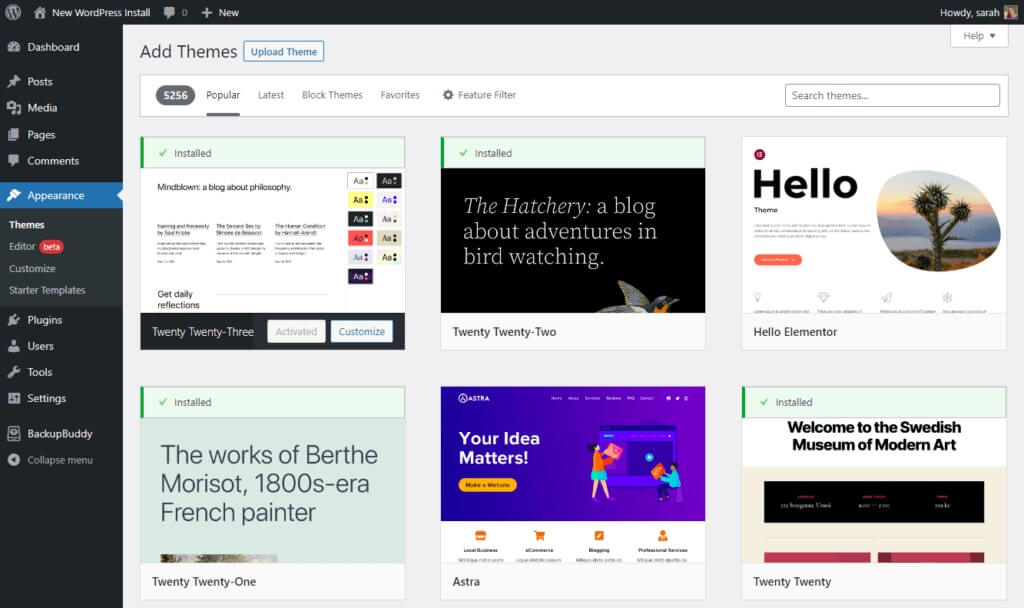
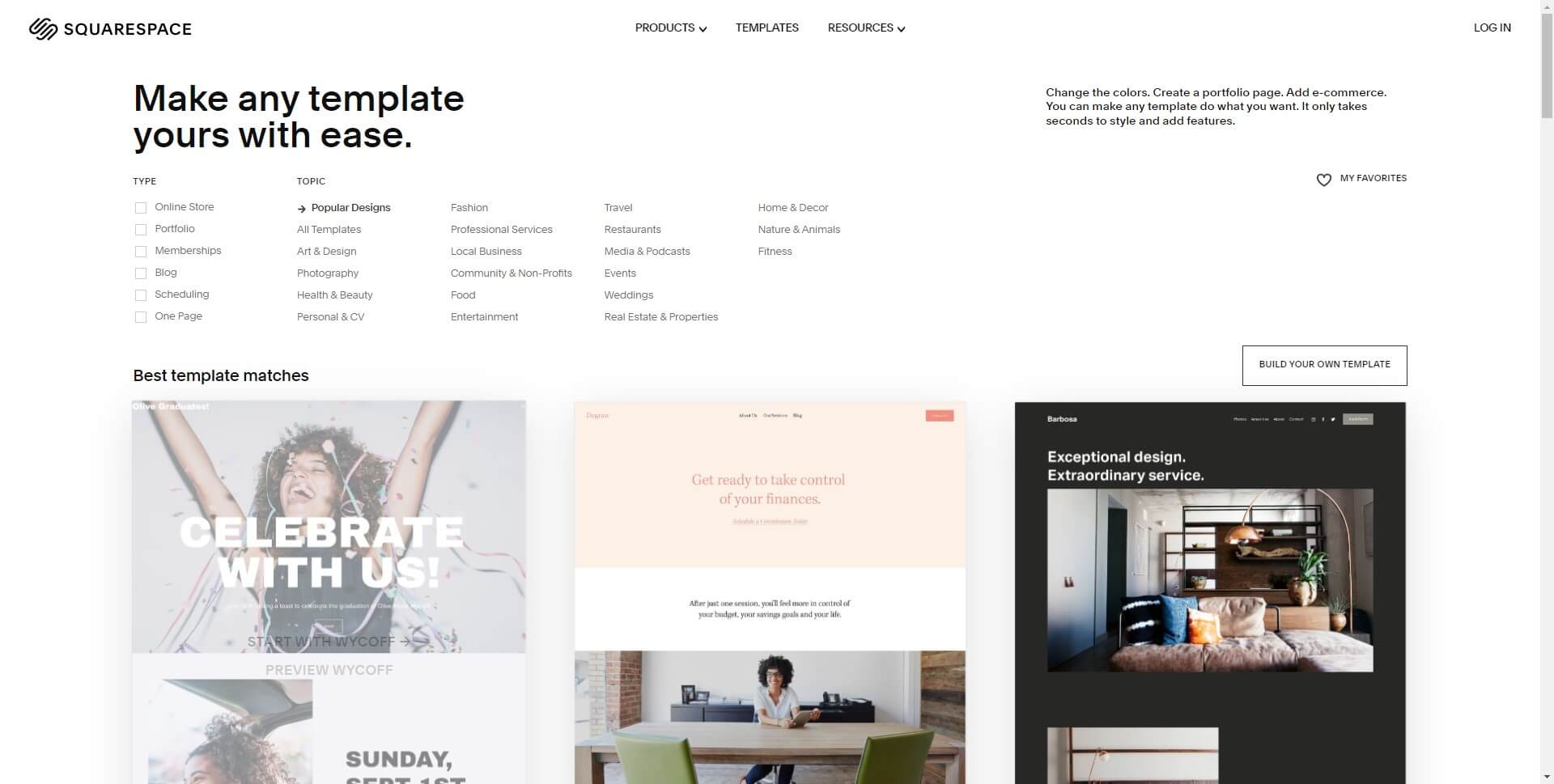
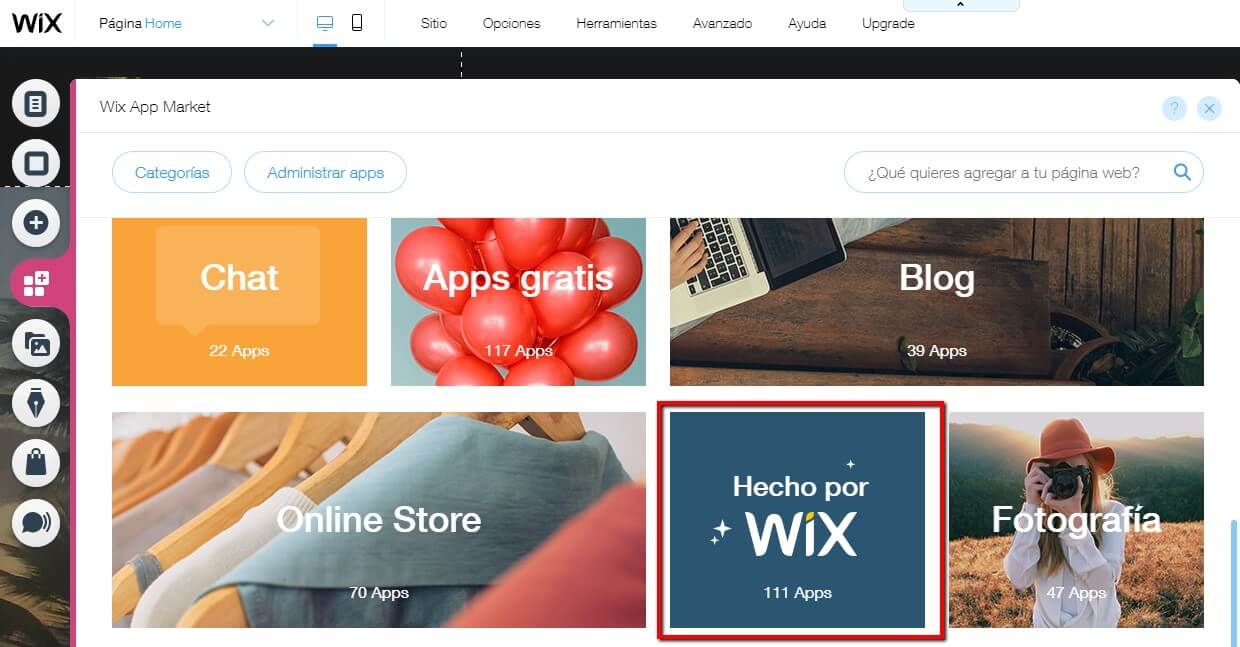
When it comes to hosting services, there are also many options to choose from. Some of the most popular hosting services include Bluehost, HostGator, SiteGround.
- Bluehost is a popular hosting service that's known for its affordable pricing and reliable performance. It's also recommended by WordPress, which makes it a popular choice for bloggers who use that platform.
- HostGator is another popular hosting service that's known for its easy-to-use interface and customer support. They offer a variety of hosting plans, including shared hosting, VPS hosting, and dedicated hosting.
- SiteGround is a hosting service that's known for its fast loading times and excellent customer support. They offer a variety of hosting plans, including shared hosting, cloud hosting, and dedicated hosting.
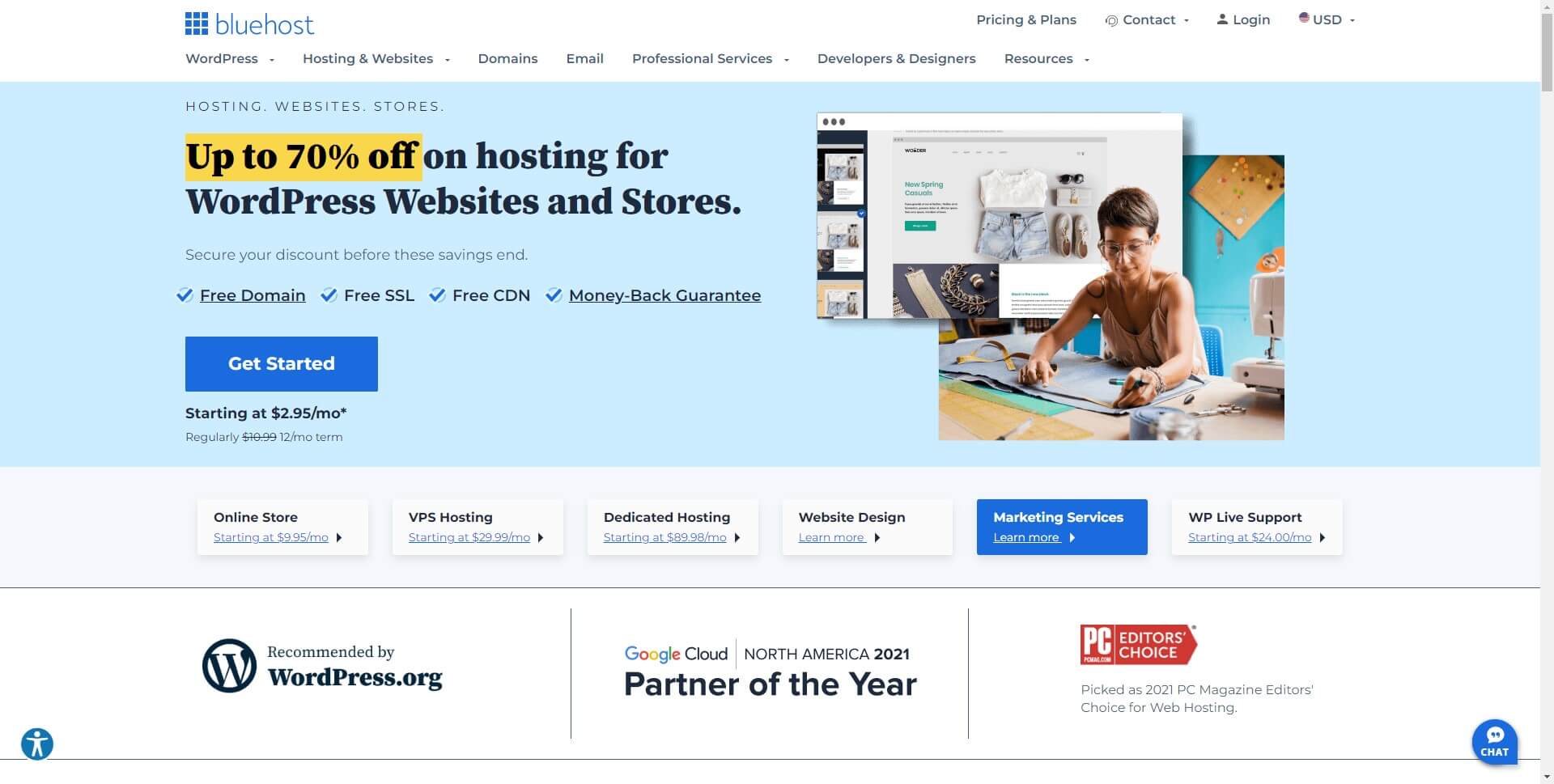

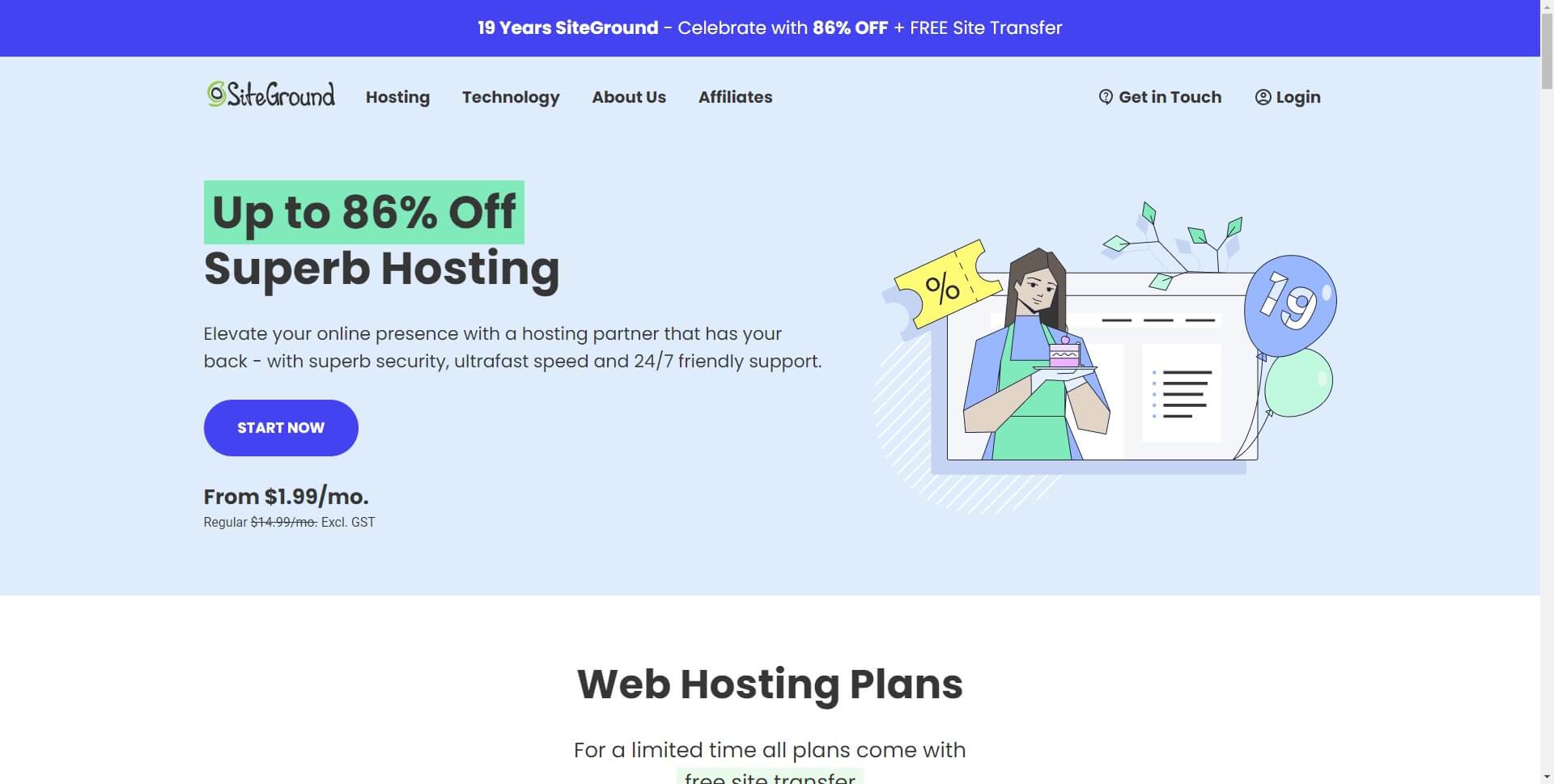
Ultimately, the choice of blogging platform and hosting service will depend on your specific needs and budget. Consider factors such as ease of use, customization options, pricing, and customer support when making your decision.
4. Develop your brand
Your blog's brand is what sets it apart from others, so take the time to develop a unique and memorable brand that reflects your personality and the values you stand for. Except for identifying your niche and choosing a memorable name, here are some other suggestions for developing your brand and starting a successful fitness blog:
- Create a Compelling Logo: A logo is an essential element of any brand, and it should be unique, memorable, and visually appealing. Choose a design that reflects your blog's niche and message. For example, Fit Bottomed Girls, a blog focused on women's fitness, has a fun and playful logo that incorporates a dumbbell and heart symbol.
- Develop a Consistent Voice: Your blog's voice is the tone and personality that comes through in your writing. Develop a consistent voice that reflects your brand's values and resonates with your audience. For instance, Girls Gone Strong, a blog focused on women's strength training, has a strong and empowering voice that inspires and motivates its readers.
- Engage Your Audience: Building a community around your blog is crucial for its success. Engage your audience by responding to comments, asking for feedback, and encouraging them to share your content. For example, Nerd Fitness, a blog focused on fitness for geeks, has a thriving online community that shares their progress and supports each other in their fitness journeys.

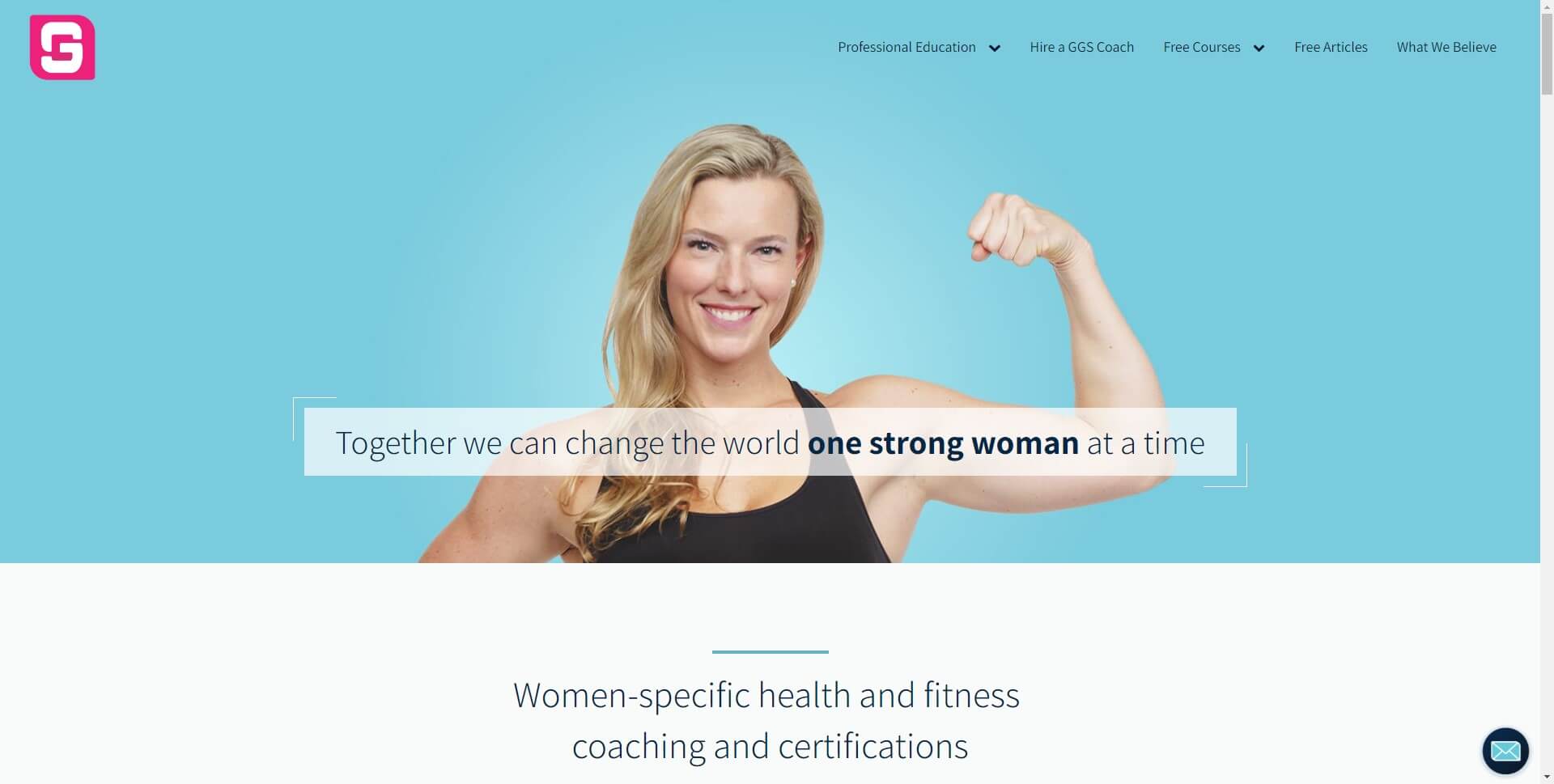

By following these steps, you can develop a strong brand for your fitness blog and create content that resonates with your audience. Remember to stay true to your niche, voice, and values to build a loyal following and establish yourself as an authority in the fitness space.
5. Create high-quality content:
When it comes to creating high-quality content for your fitness blog, there are a few key elements to keep in mind.
First and foremost, you need to ensure that your content is informative and helpful to your readers. This means doing your research and providing accurate, up-to-date information on a variety of fitness-related topics.
In addition to being informative, your content should also be engaging and well-written. Consider using storytelling techniques to make your articles more interesting and relatable to your readers. This could include sharing your own personal experiences with fitness, or interviewing experts in the field to get their insights and perspectives.
Another important aspect of creating high-quality content is using a mix of different media formats. In addition to text, consider incorporating images, infographics, and videos into your articles to make them more visually appealing and shareable on social media.
Finally, make sure to pay attention to the SEO (search engine optimization) of your content. This means using relevant keywords and meta descriptions to help your articles rank higher in search engine results pages (SERPs). By creating high-quality, SEO-friendly content, you can attract more readers to your fitness blog and establish yourself as an authority in the field.
6. Promote your blog
Building a readership takes time and effort, so make sure to promote your blog on social media, through guest blogging, and by engaging with your audience.
Here are some specific ways to promote your blog and drive traffic to your site:
- Use social media: Share your blog posts on platforms like Twitter, Instagram, Facebook, and LinkedIn. Engage with your audience and build a community around your blog.
- Guest post on other blogs: Find blogs in your niche that accept guest posts, and offer to write a post for them. This can help you get exposure to new audiences and drive traffic back to your blog.
- Use SEO: Make sure your blog posts are optimized for search engines. Use keywords in your titles, meta descriptions, and throughout your content. This will help your blog rank higher in search results and drive organic traffic.
- Collaborate with other bloggers and influencers: Reach out to other bloggers and influencers in your niche and see if you can collaborate on a project or cross-promote each other's content. This can help you reach new audiences and build relationships in your community.
- Use email marketing: Build an email list of subscribers and send out newsletters or updates about your blog. This can help you stay in touch with your audience and drive repeat traffic to your site.
7. Stay up-to-date
The fitness industry is constantly evolving, so it's important to stay informed about the latest trends, research, and best practices. Attending industry events, reading industry publications, and networking with other bloggers are all great ways to stay informed and keep your content fresh and relevant. One of the best ways to stay up-to-date on industry trends is to attend industry events such as conferences, trade shows, and seminars. These events are a great way to meet other fitness professionals, learn about new products and services, and gain valuable insights into the industry as a whole.
Another important step is to read industry publications such as fitness magazines, blogs, and websites. These resources can provide valuable information on the latest trends and best practices, as well as inspiration for your own blog content. You can also subscribe to newsletters and email lists to stay informed of the latest news and updates.
Networking with other fitness bloggers is another important step in staying up-to-date. Joining online forums, Facebook groups, and other social media networks can help you connect with other bloggers and fitness professionals, allowing you to share ideas, collaborate on projects, and stay informed about the latest trends and best practices in the industry.
Conclusion:
Embarking on the journey of starting a fitness blog can prove to be a satisfying and gratifying pursuit; however, it necessitates a resolute commitment, ingenuity, and arduous effort. This article expounds on several tips and concepts that can assist in developing a flourishing blog that not only assists individuals in leading healthier and contented lives but also augments your individual brand and helps accomplish your aspirations. It is essential to bear in mind that the fundamental factors that determine success are remaining genuine, fervent, and unwaveringly attentive towards providing significant benefits to your readership.





















